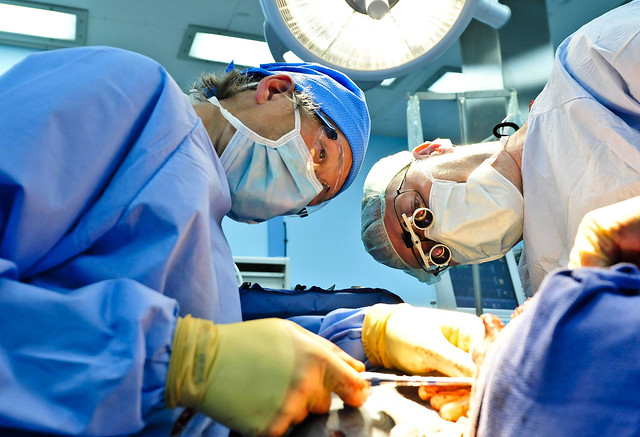In the past on this site death surrounding wisdom teeth removal and other dental procedures has been discussed. It has been estimated that the death rate in dentistry occurs in 1 out of every 400,000 cases. Due to a new article in 2019, the mortality rate in dentistry page at http://www.teethremoval.com/mortality_rates_in_dentistry.html has been updated. This article is written by Wardius et al. titled “Outpatient Anesthesia Morbidity and Mortality Experience Among Massachusetts Oral and Maxillofacial Surgeons” and published in the Journal of Oral and Maxillofacial Surgery in 2019. It is worthwhile exploring the details of this article.
The article discusses the results of a mailed questionnaire that was sent to active members of the Massachusetts Society of Oral & Maxillofacial Surgeons who practiced using the single–operator-anesthetist model in the years 2015 and 2016. A total of 288 oral and maxillofacial surgeons were included in the results who administered anesthesia in their offices and responded to the survey. For the year 2015 and 2016, a total of 431,680 patients underwent some form of anesthesia ranging from general anesthesia to local anesthesia. No office deaths occurred in any of the 431,680 patients. This study represented the fifth such study exploring the mortality and morbidity associated with administration of anesthesia by oral and maxilofacial surgeons in Massachusetts. The authors combined all five studies to get a combined mortality rate of rate of 1 in 1,627,289 patients seen.
The authors did draw some distinctions between their study and a 2017 review article (H. Mortazavi et al., “Death Rate of Dental Anaesthesia,” Journal of Clinical and Diagnostic Research, Jun., Vol-11 (6): ZE07-ZE09 2017) that was previoulsy discussed in a post on this site, see
https://blog.teethremoval.com/continuing-to-assess-the-death-rate-of-dental-treatment/ and found a death rate of 1 in 327,684. The authors state
“It should be noted that the review article was reporting the mortality rate associated with any type of anesthesia model performed in outpatient dental offices, rather than replicating the classic, team-based model routinely used by OMSs [oral and maxilofacial surgeons]. Although this decreasing mortality rate may be a result of advanced technology and safety developments over the years, in our opinion, multiple other possible reasons could account for the low rate of anesthetic-related complications in the OMS’s office.”
The authors expand on their reasons as to why their is a lower rate of anesthetic related complications in oral and maxillofacial surgeons offices. This includes 1) that most patients who received anesthesia at oral and maxillofacial surgeons offices are healthy, 2) such procedures being performed can be more quickly aborted, 3) during the training of an oral and maxillofacial surgeon they receive up to five months of dedicated anesthesia training with the department of anesthesiology at a medical center, 4) surgical staff at oral and maxillofacial surgeons offices are well trained in airway management, and 5) because the procedure occurs at the oral and maxillofacial surgeons offices the surgeon and staff know where everything is such as medications and emergency equipment.

The authors do point out over time the most popular anesthetic medications used has changed. In 2016 some of the top medications used were midazalom fentanyl, and propofol with midazalom being the most frequenct medication given. Some other interesting results from the study include that on average of the 2015 and 2016 studies oral and maxilofacial surgeons see about 79 patient per week, with 46 patients not using any anesthesia, and 33 patients using anesthesia. The most popular form of anesthesia given is local anesthesia (54%) followed by general anesthesia (24%). The authors feel that a standardized survey conducted nationwide might provide an in-depth and varied analysis of the effectiveness of anesthetic delivery by oral and maxillofacial surgeons.

2 thoughts on “The Death Rate Among Patients being Treated by Oral Surgeons in Massachusetts”